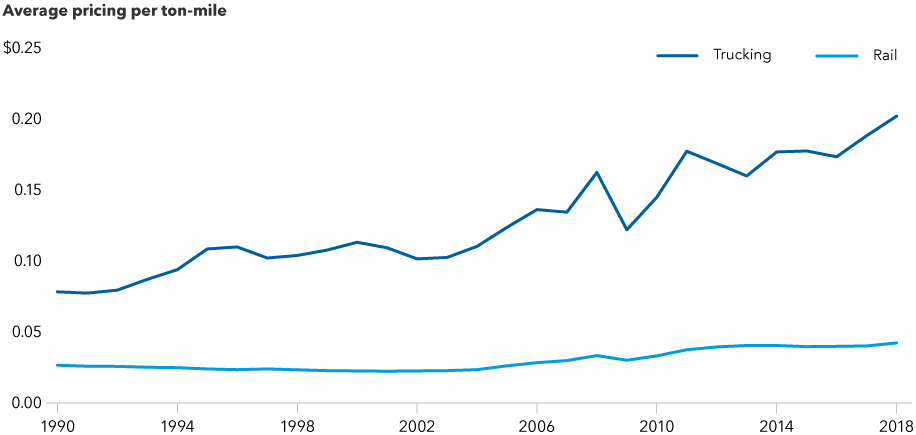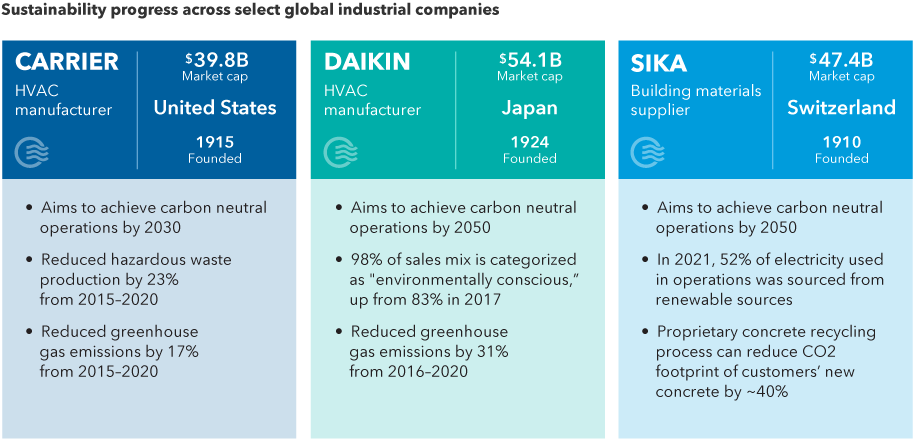Fast-growing digital and tech companies generated a lot of investor excitement over the past decade, not to mention an outsized share of market returns.
Since the start of 2022, however, many of these market darlings have taken a beating. Amid slowing economic growth, soaring inflation and the fear of rising interest rates, investors may be taking a second look at the high valuations many digital platform and software stocks command.
“This is one of the most complex environments for investing we have seen in years,” says equity portfolio manager Jonathan Knowles. “With questions lingering over the persistence of inflation and shifts in the geopolitical landscape, I am looking to invest in an ‘all weather portfolio’ with the potential to withstand a variety of potential risks.”
That’s why boring is beautiful according to Knowles. “I'm looking to invest in dull and dependable companies with the potential to generate solid cash flows and continue growing regardless of the direction of the economic cycle or macroeconomic developments.”
Here are some investment themes that cautious investors may want to consider.








